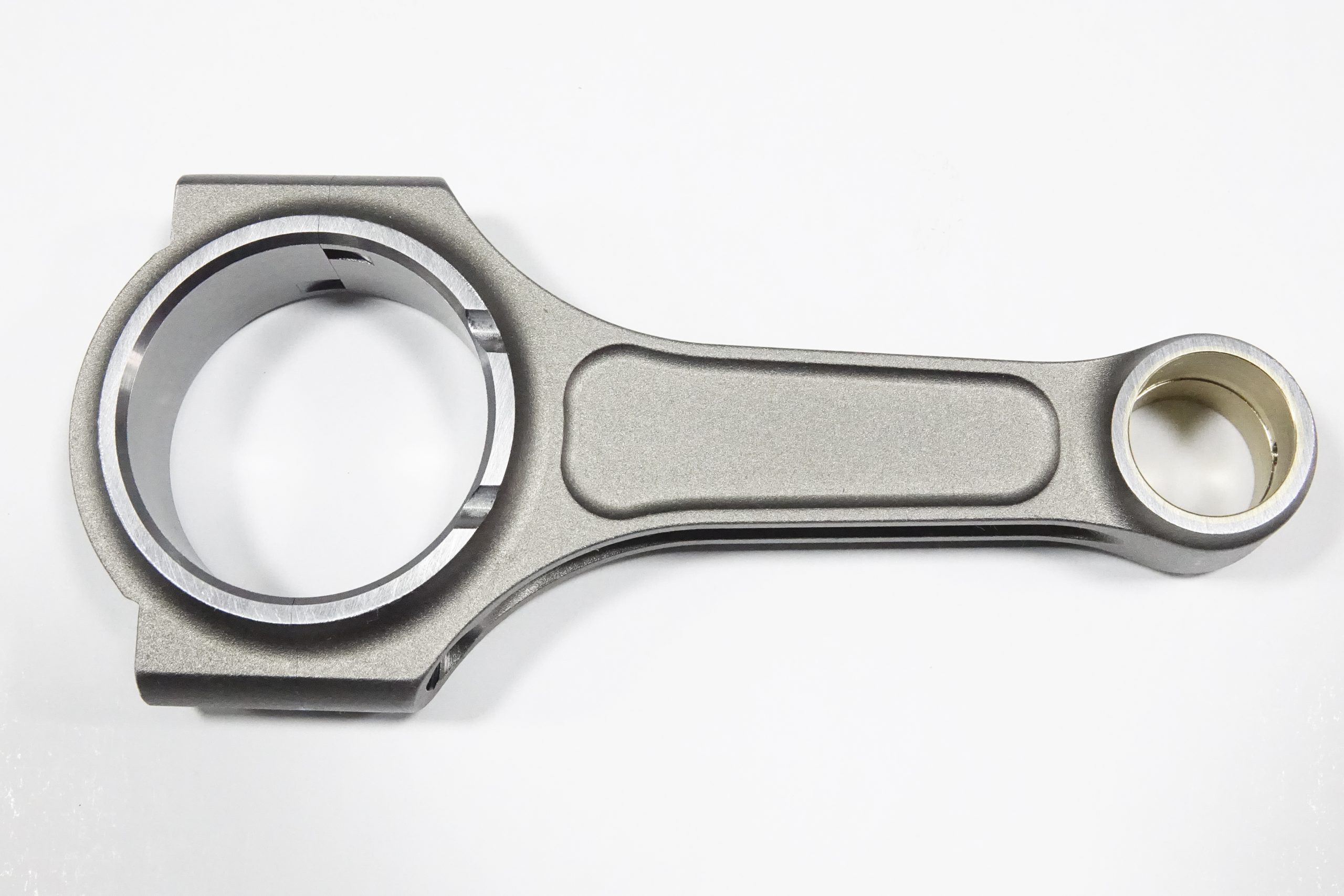Forged Conrod Connecting Rod: Powering High-Performance Engines delves into the unique features and benefits of these premium components, which contribute to the enhanced performance and durability of modern engines.
Connecting rods, or conrods, play a pivotal role in internal combustion engines by linking the piston to the crankshaft and converting linear motion into rotational motion. Among the various types of connecting rods available on the market, forged conrod connecting rods are widely recognized as the top choice for high-performance applications.
The forging process makes all the difference: Forged conrod connecting rods are created by heating a piece of metal, typically steel or titanium, and then shaping it under pressure. This process results in a denser, more uniform material structure, which in turn leads to improved tensile strength, fatigue resistance, and overall durability.

Selecting the right material: High-quality steel alloys, such as 4340 or 300M, are commonly used in the production of forged conrod connecting rods. These materials offer an optimal balance of strength, toughness, and fatigue resistance, making them ideal for demanding applications.
Heat treatment for better performance: After forging, the conrod connecting rod undergoes heat treatment to further enhance its mechanical properties. The process usually involves quenching and tempering, which refines the material’s microstructure and results in increased hardness and toughness.
Precision machining and finishing: Once heat treated, the conrod connecting rod is precision-machined to achieve tight tolerances and a precise fit within the engine. Machining operations, such as milling, turning, drilling, and grinding, ensure that the connecting rod meets the required specifications and surface finishes.
Surface treatments for enhanced durability: To prolong the service life of a forged conrod connecting rod, manufacturers may apply surface treatments, such as shot peening or nitriding. These treatments help to increase fatigue strength and wear resistance, further improving the component’s performance and longevity.
Strict quality control and inspection: Rigorous quality control measures are in place throughout the manufacturing process to guarantee that the forged conrod connecting rod meets or surpasses industry standards. Non-destructive testing methods, like magnetic particle inspection or ultrasonic testing, may be utilized to detect potential defects or flaws in the component.
In conclusion, forged conrod connecting rods are essential for high-performance engines, offering unparalleled strength, durability, and performance. By employing advanced forging techniques, material selection, heat treatment, and machining processes, manufacturers can produce connecting rods that consistently outperform their competition.
